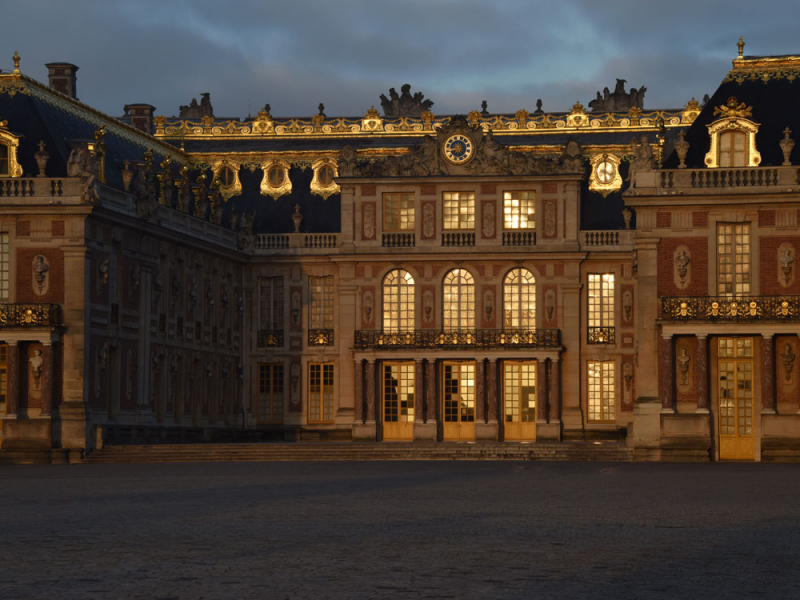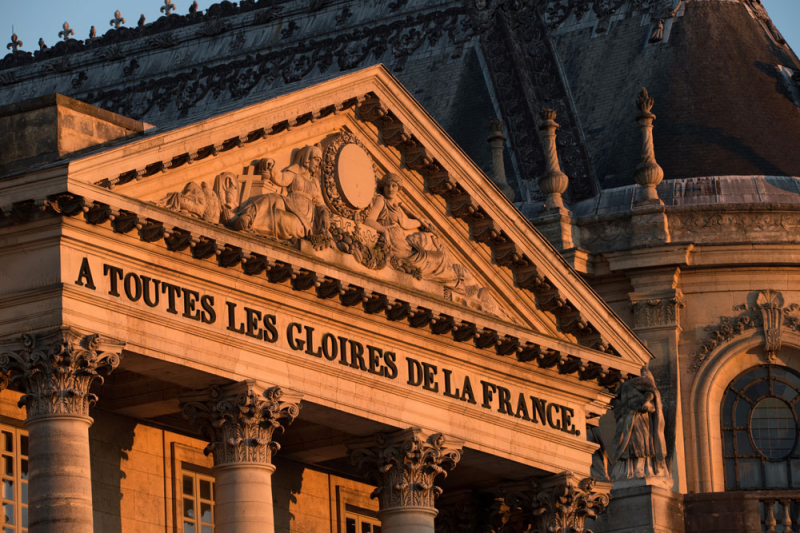Versailles of France

The Palace of Versailles has been classified as a World Heritage Site for forty years and is one of the most splendid achievements in French 17th century art. Louis XIII's old hunting pavilion was altered and expanded by his son, Louis XIV when he established the Court and government in 1682. A succession of kings continued to enhance the Palace until the French Revolution.
Today the Palace includes 2,300 rooms spread over 63,154 m2.
In 1789, Louis XVI was compelled to leave Versailles for Paris. The Palace would never be a royal residence once again and played a new role which became the Museum of the History of France in 1837 by order of King Louis-Philippe coming to the throne in 1830. The rooms of the Palace were devoted to housing new collections of paintings and sculptures, and important historic France events. These collections continued to be extended until the early 20th century. At that time, under the influence of its most prominent curator, Pierre de Nolhac, the Palace got back its historical role when the whole central part was reconstructed the original appearance as a royal residence during the Ancien Régime.
The Palace of Versailles did not play the protective role of a medieval stronghold. Starting in the Renaissance period, the term "chateau" referred to the rural location of a luxurious dwelling, in opposition to a metropolitan palace. Therefore, it was frequent to speak of the Louvre "Palais” in the heart of Paris, and the "Château” of Versailles out in the countryside. When Versailles was just a village, it was demolished in 1673 to make way for the new town Louis XIV wished to create. Now, the centerpiece of Versailles urban planning, the Palace seems to be a far cry from the rural residence it used to. However, the garden end on the west side of the Estate of Versailles is still abutted by woods and agriculture.











